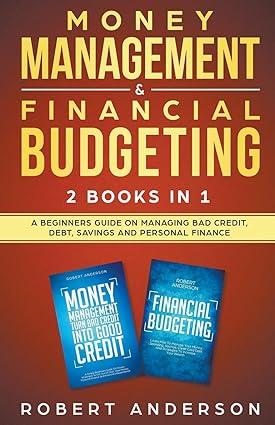Question
A fund manager determines that the return on his portfolio (with index f-1), and the returns of two other portfolios (i=2,3) satisfy the following factor
A fund manager determines that the return on his portfolio (with index f-1), and the returns of two other portfolios (i=2,3) satisfy the following factor model: 1, =a, + b.f. +b afate,. where f, and fa are two factors and e, is an error term with Ele,]= 0, CovAe) =0. and Cov(f,.e,)=0 for=1,2,3. (a) (7 points) Assume that the first portfolio (=1) has an expected rate of return of 7%, and a standard deviation of 60%. We also know that Cov(r.f,)=0.22, Cov(r-fa)=0.35, var(f.) = 0.4, var(f.) = 0.9, and corr(fasfe) = 1/3. What is the variance of the factor model's error term for the first portfolio, i.e. var(e)=? (b) (8 points) Now assume that b. =0.1 and b.a = 0.2. Furthermore, if two other portfolios satisfy r. = 0.02 + 0.2/A +0.5 /g + e 1; =0.03 + 0.3/. +0.4fp+e. Eli] = 0.2, El/2] = 0.3, and Elr]=0.1. How can you form a portfolio whose return does not depend on fA or fe? What is the risk-free rate in this economy?
Step by Step Solution
There are 3 Steps involved in it
Step: 1

Get Instant Access to Expert-Tailored Solutions
See step-by-step solutions with expert insights and AI powered tools for academic success
Step: 2

Step: 3

Ace Your Homework with AI
Get the answers you need in no time with our AI-driven, step-by-step assistance
Get Started


